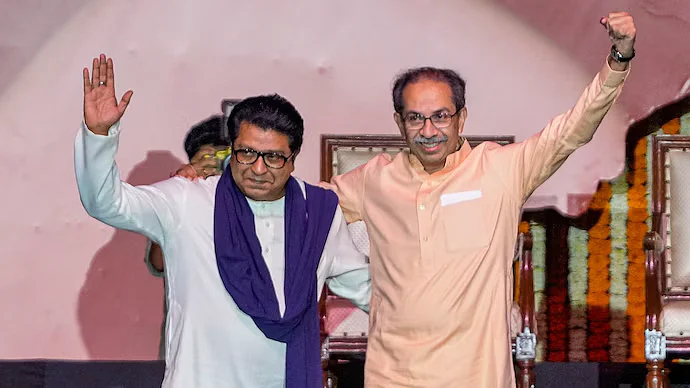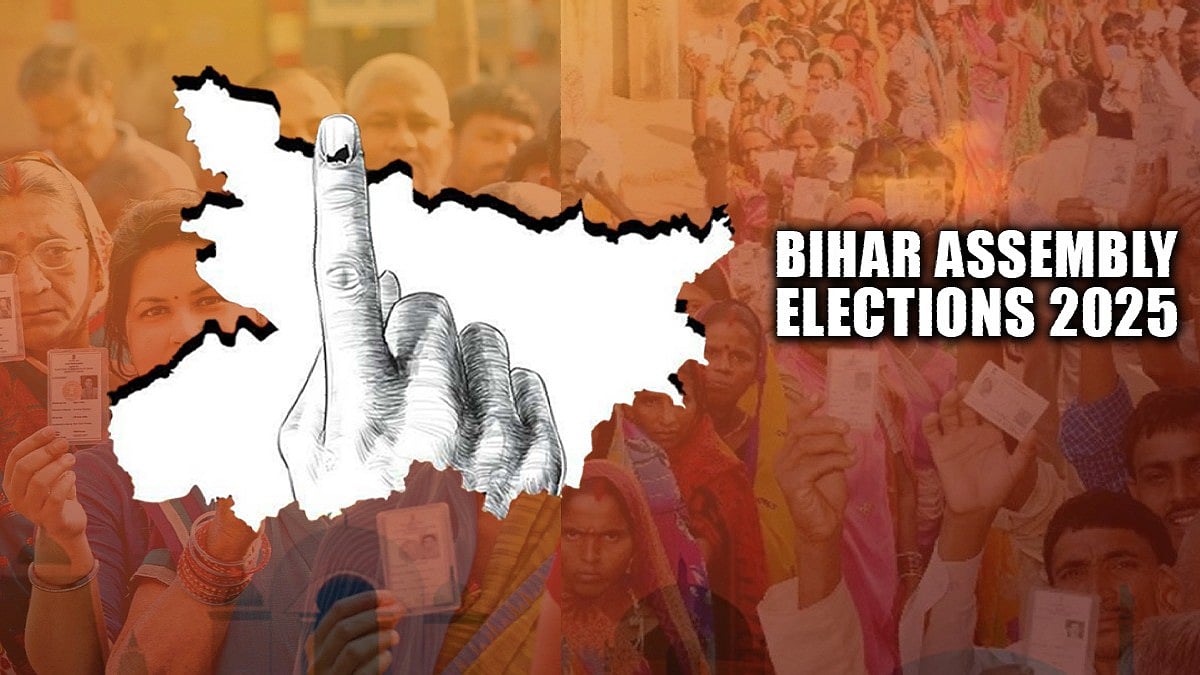In the rarefied world of finance, evergreening is the devious and stealthy process of hiding the grotesque underbelly of the lending bank and that of the borrower. When a loan is all set to be flagged as a Non-Performing Asset (NPA) which in simple terms means just plain bad debt, the bank and the borrower get their act together tickling each other’s ribs. They enact an elaborate charade. The bank sanctions a new loan and the old loan is paid off post-haste. Now the bank and the borrower are spared of the stigma of NPA. This is an old trick in the bag of a wily banker that possibly cannot pull wool over the eyes of regulators and auditors if they are vigilant and go through the two loan documents with a fine tooth-comb. In India, it is believed this game is still alive and kicking. It assumes scandalous proportions when the bank goes for subsequent rounds of evergreening.
Evergreening is also a danger in another rarefied world — patents. It consists of the patent holder stepping into the patent office towards the fag end of his existing patent, usually the 20th year given the fact that patents for medicines are for twenty years. The wily inventor makes a show of improvement made to his original patented scientific invention so as to secure a patent for another twenty years, and so on. The idea is to keep the invention patented eternally with doses of make-believe improvements. In the world of medicines, this is to prevent generic medicine manufacturers from stepping into the breach and filling the void left by the patent holders once their patent rights are exhausted. More importantly to reap the benefits of monopoly profits in perpetuity thereby frustrating the raison d’etre of patents namely balancing the concerns of inventors with those of the public.
The Indian Patent Office has recently rejected the attempt of Johnson & Johnson, the US pharma major, to extend its patent (which expires in the coming July) on its anti-tuberculosis drug, Bedaquiline, by invoking Section 3(d) of the Indian Patents Act which debars the patenting of a “mere use of a known method” unless it results in a new product or employs at least one new reactant. Simply put, section 3(d) forbids evergreening of a patent just as it is about to expire or much before that as was the case with J&J — J&J had years ago applied for a ‘formulation patent’ on fumarate salt (a formulation salt of Bedaquiline), which after careful and long examination in the Indian Patent office failed to qualify as a novelty. The latest order echoes and follows the Supreme Court’s landmark ruling in April 2013 against Novartis, a Swiss pharma giant. The apex court invoked Section 3 (d) to strike down Novartis’ attempt to “evergreen” its patent on its anti-cancer drug Glivec.
Patented drugs are infinitely expensive vis-à-vis the generic ones or the ones that are past their patent protection period. When a medicine is under patent, the patent holder licenses his technology to others within his own country or outside. J&J’s disappointment is going to be correspondingly the cause celebre because it cannot continue to fleece patients and their families with exorbitant prices in the name of making available state-of-the-art or cutting-edge technology. While it is true that a patent regime is necessary to balance the conflicting interests of inventors and those of customers, it is equally true that evergreening through incremental improvements is a fertile trick to surmount the limited 20-year monopoly offered by the patent regime.
The alternative for inventors is to keep their inventions under wraps in perpetuity but that is easier said than done what with copycats, peeping toms and imitators through the process of reverse engineering, making the idea preposterous. Even with patents, life is difficult for the inventors as evidenced by the numerous court battles between Apple and Samsung. By settling for a limited monopoly, the patent-holder is settling for an enlightened compromise. He discloses the secret to the patent office in return for recognition and limited-period monopoly which by no means is illusory but on the other hand substantial. The public or consumers also benefit with the latest technology and post-patent reduction in prices. The Modi government initiative of Jan Aushadiya pharmacies selling generic medicines at 50% or more discount vis-à-vis patented medicines is a standing testimony to this spirit of give and take.
Apart from evergreening, MNCs who invariably acquire the inventions of startups and other small fry sit on their inventions worldwide, by acquiring patent rights globally but manufacturing say only in their home countries — namely the US or Switzerland as is the case with bulk of the drugs. India and Brazil have an antidote for this too — compulsory licensing or CL. Under CL, an inventor cannot play dog in the manger, which happens when he smugly sits on his invention without manufacturing in India. Any generic manufacturer in India can apply for a CL which the government will grant after hearing both sides. All three parties stand to gain through CL. Public will get the best medicine for a given disease. The Indian generic manufacturer keeps his business going and prospering and the MNC hitherto sitting on its patent would get a reasonable royalty from the Indian licensee.
S Murlidharan is a freelance columnist for various publications and writes on economics, business, legal, and taxation issues


.jpg)







